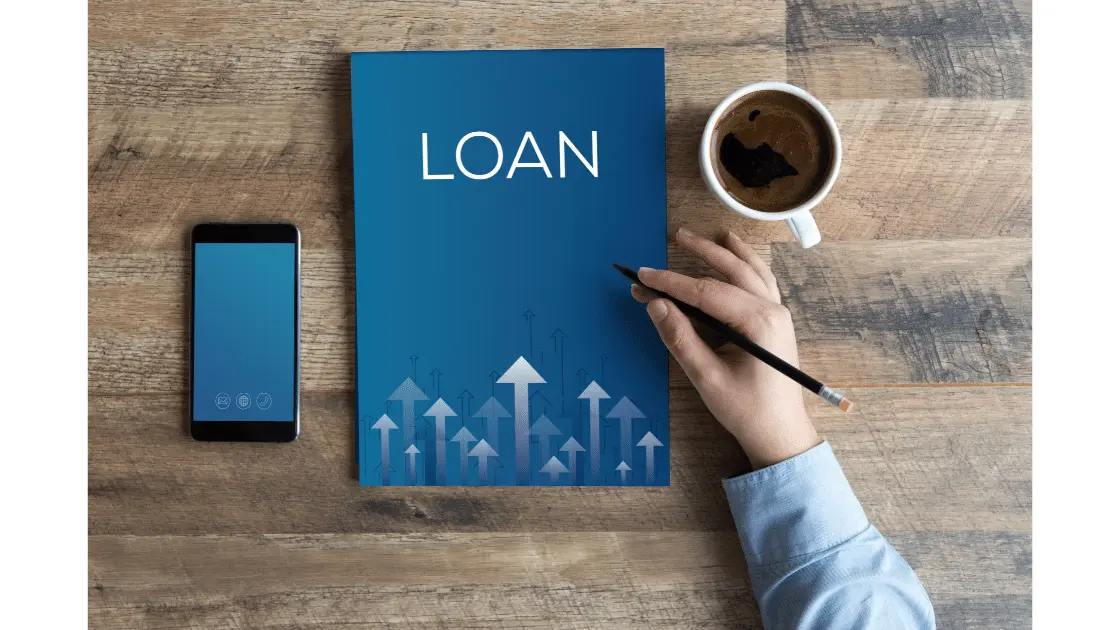What Is a Forgivable Loan? A forgivable loan, also known as an equity-based loan, has certain terms under which the lender will forgive some of the debt if certain conditions are met by the borrower. These conditions are usually related to the performance or value of the collateral used to secure the loan. Because they’re only a secondary form of security, these loans have high-interest rates and low amounts available to borrow compared to secured loans such as mortgages and car loans. Here are a few things you should know about them.
Table of Contents
What is a Forgivable Loan
A forgivable loan is a form of business financing in which, for some or all of its terms, repayment of principal and interest can be reduced or forgiven if certain terms are met. It’s sometimes known as an SBA loan because many of these programs are administered by lenders certified through SBA’s Certified Development Company (504) program.
However, it should be noted that even though federal loans have many requirements in common, there are differences between them depending on whether they come from government organizations or private lenders. And while most forgivable loans are issued to small businesses and nonprofit organizations, they can also be used to finance any type of business venture.
Types of Forgivable Loans

There are many different types of forgivable loans, but they all operate under similar rules and use forgiving as a way to encourage students to pursue low-paying jobs in public service fields such as healthcare or education. The two most common types of forgiving programs are Income-Based Repayment (IBR) and Public Service Loan Forgiveness (PSLF). Both of these plans allow you to make payments based on your income.
However, unlike most loan repayment programs, they forgive any remaining debt after 10 years (120 payments) of repayment. This forgiveness has no impact on your credit score and allows you to keep any subsidized interest you’ve been paying. Because subsidized interest comes from federal grants or your employer’s contributions and not from tax dollars, it won’t be taxed if forgiven.
Secured vs Unsecured
Most loan applications are for secured loans, which means that the lender will take a lien on your property as collateral. It also means that if you don’t pay back your loan, they can foreclose on your property. Secured loans usually have lower interest rates than unsecured loans, but they also make it more difficult to get approved. If you don’t own any property or have any other assets of value to use as collateral, then you might want to look into an unsecured loan instead—often referred to as bad credit loans or personal unsecured loans.
Length of Repayment Period
The repayment period on federal student loans, including federal consolidation loans, can range from 10 years to 30 years. The actual length of your loan depends on whether you are seeking to consolidate multiple federal student loans or just one. If you have more than one loan, then your combined loan amount dictates your repayment time frame. If you have consolidated all of your federal student loans into one loan, then it will be treated as if it were one loan with a single payoff date.
Interest Rates on Unsecured Loans
The interest rate on an unsecured loan may be lower than that of other types of loans (i.e., a car loan, mortgage, or business loan), but it still has to be paid back with interest. There are two main factors that affect how much you will have to pay for your unsecured loan: how long you borrow money and what kind of interest rate your bank offers you.
How to Make Monthly Payments
If you’re wondering how to make monthly payments on your loan, it’s actually pretty easy. While different types of loans may use different terminology, in general, monthly payments go towards paying down (1) principal and (2) interest accrued during that month. That means that you pay back what you owe while also paying interest on any money you borrowed.
In short, it’s very important to make sure that your monthly payment covers both principal and interest or you’ll be paying more than necessary every month. You can figure out how much of your payment goes toward each by multiplying your annual percentage rate by 12 (or by 36 if you’re dealing with bi-weekly payments). This gives you an idea of how much principal and interest will accrue during each month.
Please do comment on how you feel about the forgivable loan and do not forget to visit our homepage for more such content!

Leave a Reply